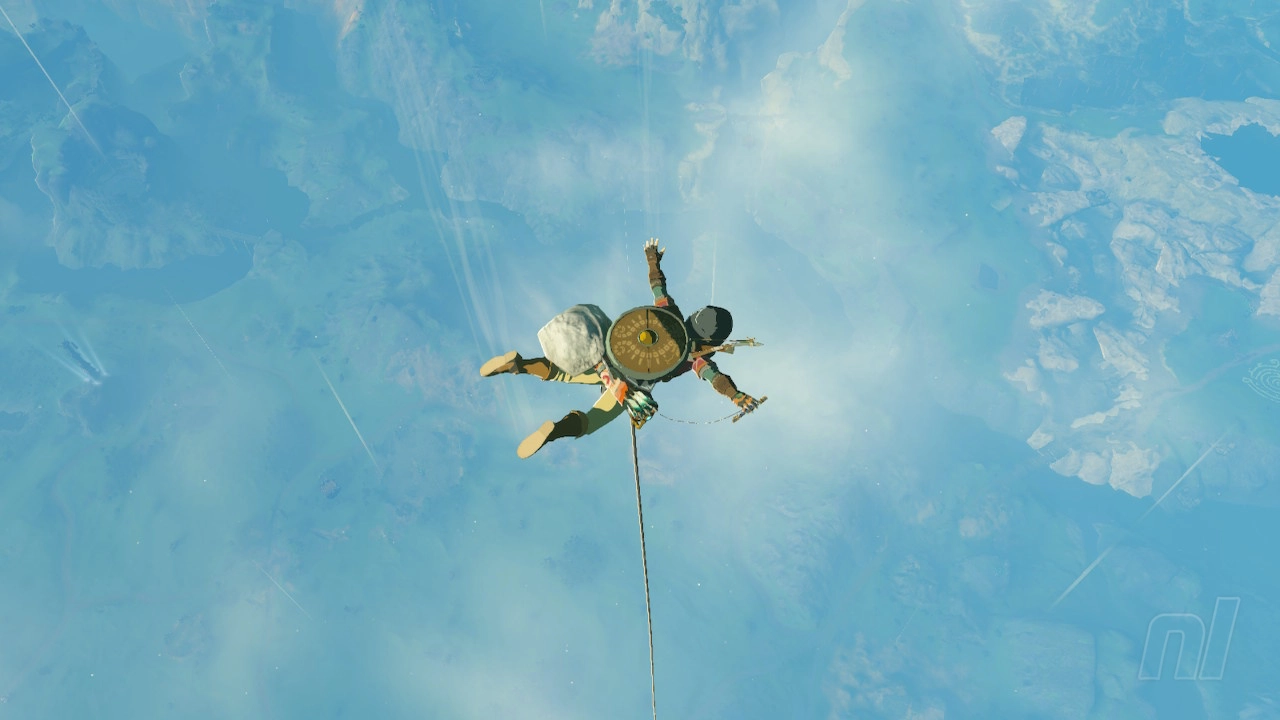
The Legend of Zelda: Tears of the Kingdom, although a phenomenal success in terms of sales and critical acclaim, has brought to light a glaring issue within the sphere of video gaming: accessibility. As other major developers progressively improve their accessibility features, Nintendo appears to trail behind, neglecting a significant portion of the gaming community.
The game, despite its high quality and the joy it's provided to many Switch owners, has left players with disabilities facing an all-too-familiar barrier. As a tetraplegic gamer, I have firsthand experience with the challenges posed by Nintendo’s decision not to incorporate basic accommodations like in-game button remapping - a feature that could transform the gaming experience for those with physical limitations. My concerns were so strong that prior to the game's launch, I made a statement that I'd dye my hair the color of Nintendo red if the game came with such an accessibility feature; unfortunately, I ended up shaving it instead.
Nintendo's history reflects a reluctance to embrace accessibility options, despite the clear call for inclusivity within the gaming industry. This is evidenced by an interaction with producer Eiji Aonuma, who, when asked about the absence of button remapping in a previous Zelda title, emphasized the developers’ vision over user customization - including the necessity for disabled players. He recognized the issue but failed to commit to any substantial change.
Aonuma's stance is perplexing and disheartening. It raises the question: why has Nintendo not followed suit with other industry giants in making their games more accessible? Competitors like Sony and Microsoft have been proactive in their approach, adding features that break down barriers for gamers with disabilities while Nintendo remains static.
Playing Tears of the Kingdom poses various challenges for me due to my disability. Using a pro controller balanced on my leg, I manage the joysticks with my palms and the face buttons with my thumb. However, this setup is far from perfect; shoulder button actions require me to remove my hands from their positions, hindering my capacity to perform certain in-game activities like locking onto enemies.
To overcome these obstacles, I've resorted to remapping controls through the Switch’s system settings. This workaround enables some level of functionality, allowing for simultaneous attacks and movements, but is not without its flaws. For instance, in-game prompts do not correspond to the remapped buttons, leading to frequent and frustrating errors.
From my experience, there are clear accessibility enhancements that could be implemented with relative ease. These include an in-game button remapping feature and colorblind mode, toggle functionality for sustained actions, and the use of the left joystick for object manipulation with the game's “Ultrahand” tool. None of these changes would disrupt the game’s integrity, but they would vastly improve its inclusivity.
Despite the potential improvements, Tears of the Kingdom has not incorporated a single accessibility feature, standing out as a stark omission in an era where such considerations are increasingly standard. While I have managed to adapt with the available options, this is a suboptimal solution and is not as helpful or inclusive as it should be.
Nintendo should consider patching in accessibility options for Tears of the Kingdom. However, given their track record, this may remain wishful thinking. The dedicated pleas from the disabled gaming community have been acknowledged yet appear to be deliberately ignored, as indicated by the glaring absence of basic accessibility features in the company's latest flagship title.
In essence, The Legend of Zelda: Tears of the Kingdom has delivered an exceptional gaming experience but has failed to cater to all its potential players. As of 2023, it seems clear that Nintendo must take a step forward to include all gamers, regardless of their physical abilities, by incorporating basic accessibility features that have become essential in the modern gaming landscape.
You must be logged in to post a comment!